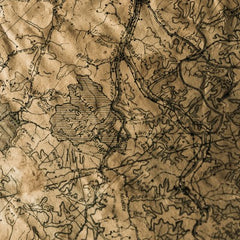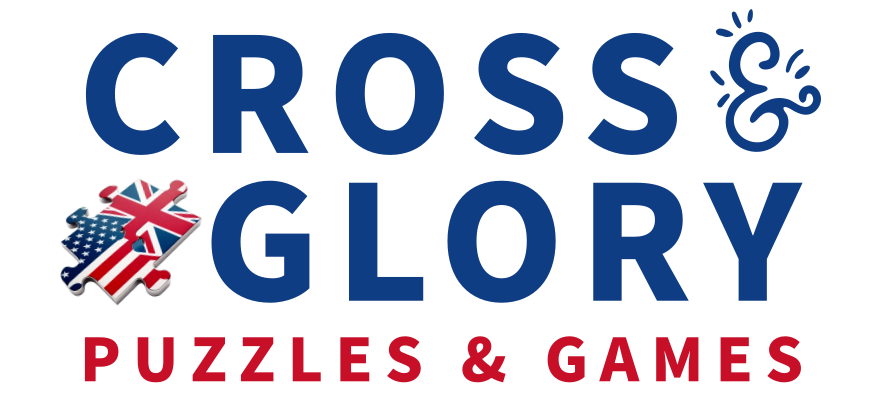 One of the earliest known jigsaw puzzles was created by John Spilsbury (1739-1769). He was an English cartographer and engraver who is credited with inventing the first jigsaw puzzle. Spilsbury was a mapmaker and engraver in London, and he created his first jigsaw puzzle in 1767 as an educational tool to teach children geography. He took a map of the world and mounted it on a sheet of wood. He then used a jigsaw to cut the map along the country borders, creating a puzzle that children could use to learn about different countries and regions.
One of the earliest known jigsaw puzzles was created by John Spilsbury (1739-1769). He was an English cartographer and engraver who is credited with inventing the first jigsaw puzzle. Spilsbury was a mapmaker and engraver in London, and he created his first jigsaw puzzle in 1767 as an educational tool to teach children geography. He took a map of the world and mounted it on a sheet of wood. He then used a jigsaw to cut the map along the country borders, creating a puzzle that children could use to learn about different countries and regions.Spilsbury's puzzle was an immediate success, and he began to produce puzzles featuring other maps and subjects, including the British Isles, Europe, and the Americas. These early puzzles were not only educational but also helped to develop children's dexterity and problem-solving skills. Spilsbury's puzzles were popular with both children and adults and were considered to be a valuable learning tool.
However, Spilsbury's puzzles were expensive and labor-intensive to produce, and only a small number were made. The difficulty and cost of production were one of the reasons why jigsaw puzzles were not mass-produced until the late 19th century, when advances in printing and manufacturing techniques made it possible to produce them on a larger scale.
John Spilsbury passed away in 1769, his invention, the jigsaw puzzle lived on, and it was popularized further in the coming centuries to become a popular hobby enjoyed by many people around the world.

As the 19th century progressed, puzzle makers began to experiment with new materials and designs. Some jigsaw puzzles were made from wood, which allowed for more intricate designs and greater durability than cardboard puzzles. Additionally, manufacturers started to explore new themes, such as landscapes and works of art, to create puzzles that would appeal to adults as well as children.
However, jigsaw puzzles were still relatively expensive and labor-intensive to produce, which limited their availability to the general public. Also, puzzles were still mainly produced in Europe, and thus, it was difficult for people in other parts of the world to access them.
In the late 19th century, there was a rise in the popularity of mechanical puzzles, which were jigsaw puzzles that had additional elements that required solving before the puzzle could be completed. These mechanical puzzles were even more challenging and required more problem-solving skills.
Jigsaw puzzles in the 19th century were enjoyed by people of all ages and were considered a popular hobby and form of entertainment. They were considered as a means of developing problem-solving skills, dexterity and it also served as an entertaining way to pass the time. The popularity of Jigsaw puzzles kept growing and this momentum was further carried forward to the 20th century where with the advancements in technology, production became even more widespread.
Jigsaw puzzles in the 20th century saw a significant increase in popularity, thanks to advances in printing and manufacturing techniques, which made it possible to produce them on a larger scale and with more complex designs.

During World War I and World War II, jigsaw puzzles became an increasingly popular pastime as people sought to fill the time and distract themselves from the war. The popularity of jigsaw puzzles continued to grow in the post-war years, as more and more manufacturers began producing them and new designs and themes became increasingly popular, such as cartoons, famous people, and famous paintings.
The invention of new technologies like television, video games, and other forms of entertainment caused a decline in the sales of jigsaw puzzles but the industry was quick to adapt, by producing larger and more challenging puzzle with even more detailed designs. By the late 20th century, jigsaw puzzles had become a popular hobby enjoyed by people of all ages, and they were widely available in a wide variety of sizes, designs, and levels of difficulty.

Overall, in the 20th century, Jigsaw puzzles evolved from a relatively simple, educational tool to a popular hobby enjoyed by people of all ages and levels of skill. With the development of technology, jigsaw puzzles could be produced in larger numbers, with greater complexity and in new materials, thus making them more accessible and enjoyable to people worldwide.
Jigsaw puzzles in the 21st century have continued to evolve and grow in popularity.
One major development in the 21st century is the rise of online puzzle retailers, which make it easy to purchase a wide variety of jigsaw puzzles from the comfort of home. This has helped to increase the availability of jigsaw puzzles and made it easier for people to access a wider range of designs and themes. Additionally, Online puzzle stores also offer the ability to customize your own puzzle, by printing a image and cutting it into pieces.

3D puzzles have also become popular in the 21st century, they add an extra layer of difficulty and fun to the experience, they are increasingly popular, especially among adult puzzle enthusiasts.
Jigsaw puzzles in the 21st century have also become more accessible and inclusive, with the introduction of puzzle designs that reflect different cultures and diverse perspectives. Companies also started creating puzzles for different ages and skill levels, including extra-large and extra-small pieces that cater to people with different physical abilities.

Overall, Jigsaw puzzles have come a long way from its first inception as an educational tool for children to learn geography to a popular hobby enjoyed by people of all ages, with many variations in designs, themes and even materials it is made of.

